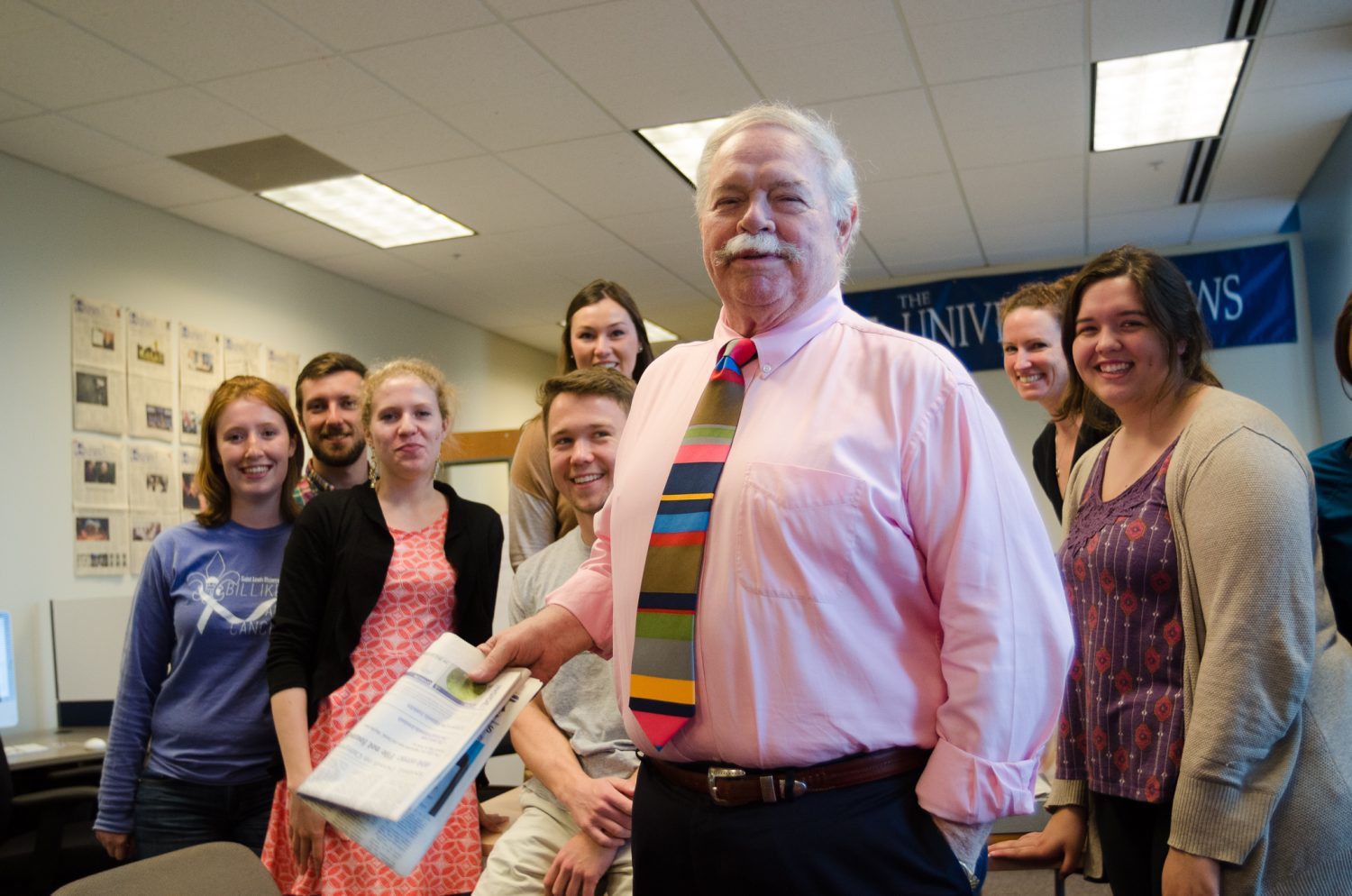Natural geologic features and wildlife aside, there is one thing
a traveler is guaranteed to see when visiting Yellowstone National
Park. No, not fanny packs: the man with a camcorder permanently
attached to his face. Being a two-time junior ranger at
Yellowstone, I am acutely attuned to the subtleties of the
goings-on inside the park. Like Disney World, Yellowstone is one of
the best places to observe the general public of the United
States.
While the technology has changed over the years, on my fourth
trip to the park I can confirm that the man has remained the same.
He is middle-aged and working class, with a wife and a family; if
he is a doctor, he is probably wearing black socks with his tennis
shoes and khaki shorts. Every summer he takes a week off to expose
his children to the vastness of the American landscape, and to
experience the sights and smells of Yellowstone’s sulphuric
geothermal activity. Amongst the otherworldly natural phenomena
nestled within this park in Wyoming, he is the wonder of nature I
find myself marveling at.
On nearly every ranger-guided nature hike, or at every eruption
of Old Faithful, such a specimen can be observed in his prime.
While I have grown accustomed to his kind, I cannot keep myself
from staring at him, not with condescension but rather like an
innocent bystander bearing witness to a violent crime.
Each time, something churns in my stomach like a plate of nachos
consumed two hours ago and I feel as though I should intervene —
come between this man and the digital screen that separates him
from the natural beauty of an unpixelated and unadulterated
landscape.
A park ranger at Yellowstone, who is apparently also a kindred
spirit of mine, once commenced a hike by addressing these
well-intentioned fathers with an authority that only a full-fledged
park ranger boasts. She told a story about a man who, for the
entire duration of one such ranger-guided program, never once
brought his camcorder away from his eye. (This was, of course,
before camcorders with fold-out screens were developed.)
When she approached him and asked, somewhat in jest, if he ever
put the camera away, he informed the ranger matter-of-factly that
he intended on capturing every minute of his Yellowstone vacation
on tape.
“I can watch all of it when I get home,” he said.
I heard this story years ago, and I still think about it almost
every day.
I look at the fledgling pine trees replacing those that were
destroyed in Yellowstone’s great fire, at the joy of the park
ranger who explains for the umpteenth time that buffalo chips are
used to make fires with no less enthusiasm than he had on the first
day of his job, at the bubbling cauldrons and grumbling mud pits,
and at the shocked expressions of people who stick their pointer
fingers in the 200 degree runoff from the geysers, and as the sun
sets on another day I can only think that these shades of orange
and pink were made to be written about.
The physical act of writing simultaneously binds us to the earth
and enables us to transcend it. To me, it is a process just as
beautiful as the one that drives the mountains skyward, because God
has a hand in them both.
As a responsible junior ranger should, I extend to the following
advice to the park’s visitors: After a few minutes, retire the
video camera to its case. It’s amazing how much you miss when the
world is filtered through it.
Annie Boken is a junior studying English and
communication.





